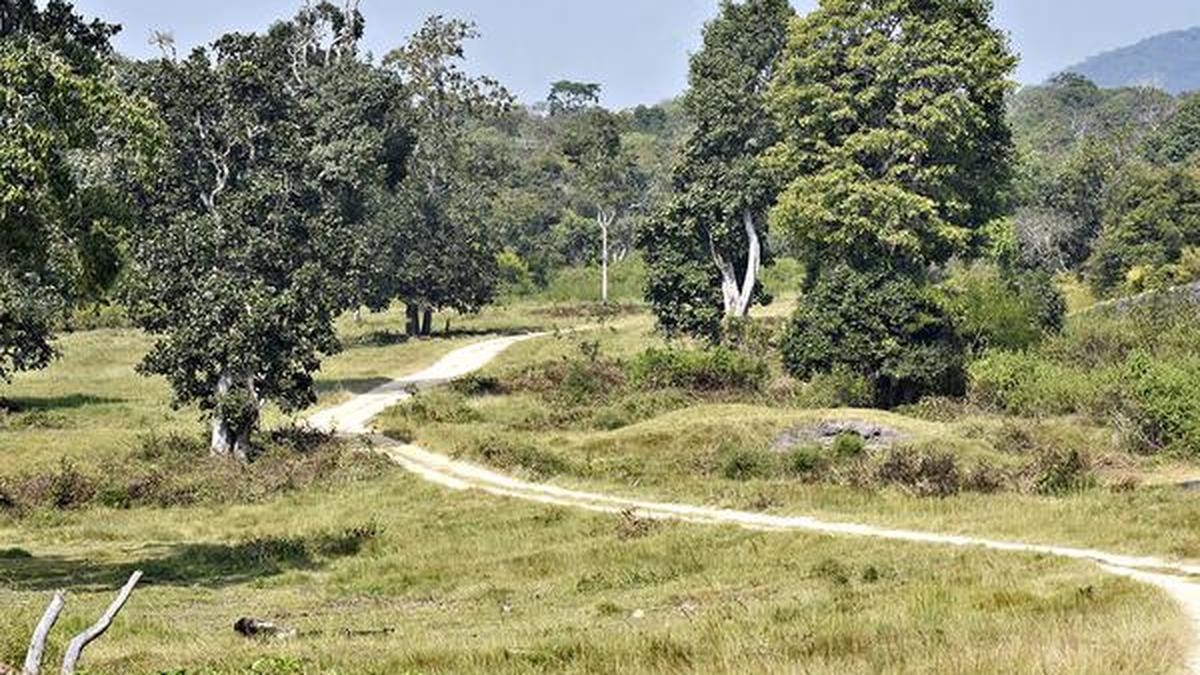Now Reading: India Faces Rising Challenges from Invasive Species Management
-
01
India Faces Rising Challenges from Invasive Species Management
India Faces Rising Challenges from Invasive Species Management

Quick Summary
- Global cost: Damage from non-native plants and animals has cost society over $2.2 trillion worldwide, according to a study published in Nature Ecology & Evolution. Costs may have been underestimated by 16 times in previous estimates.
- Regional Breakdown: Europe reported the highest impact at $1.5 trillion (71% of global cost), followed by North America ($226 billion), Asia ($182 billion), Africa ($127 billion), and Australia/Oceania ($27 billion).
- india-Specific Findings:
– India emerged as having the highest percentage discrepancy (over 1.16 billion percent) of underreported management costs compared to other countries.
– Limited resources,inadequate data reporting,and language biases could contribute to missed or hidden expenses.
- Invasive Species Impact:
– Plants are the most costly invasive species globally, requiring $926.38 billion for management between 1960-2022.
– Invasive species like Japanese knotweed (Reynoutria japonica) and common lantana (lantana camara) substantially burden new ecosystems via global trade and travel.
- Control Measures:
– Regulations like the International Convention on Ships’ Ballast Water Management aim to curb harmful aquatic organisms’ spread internationally.
– India is party to policies under the Convention on Biological Diversity that mandate prevention or eradication of invasive species threatening ecosystems.
Indian opinion Analysis
The findings highlight a stark reality for India regarding biological invasions-a largely unnoticed but substantial financial burden on its already strained environmental management framework.The exceptionally high percentage discrepancy in recorded costs suggests significant gaps in documentation, inter-agency coordination, funding allocation, and unified strategies. This lack of transparency could hinder effective policymaking while obscuring critical areas needing intervention.
India’s limited resources relative to developed nations may exacerbate these challenges; however, this also presents an prospect for more efficient resource utilization through better data systems and collaboration between stakeholders at local, national, and global levels.
The broader implications extend beyond biodiversity preservation as economic losses due to invasive species directly affect agriculture-a backbone sector for India’s population-and ecosystem services crucial for livelihoods. Therefore, addressing such “hidden” costs should be considered integral not only from an ecological perspective but also as part of broader developmental strategies moving forward.
Read More: Original Article
























